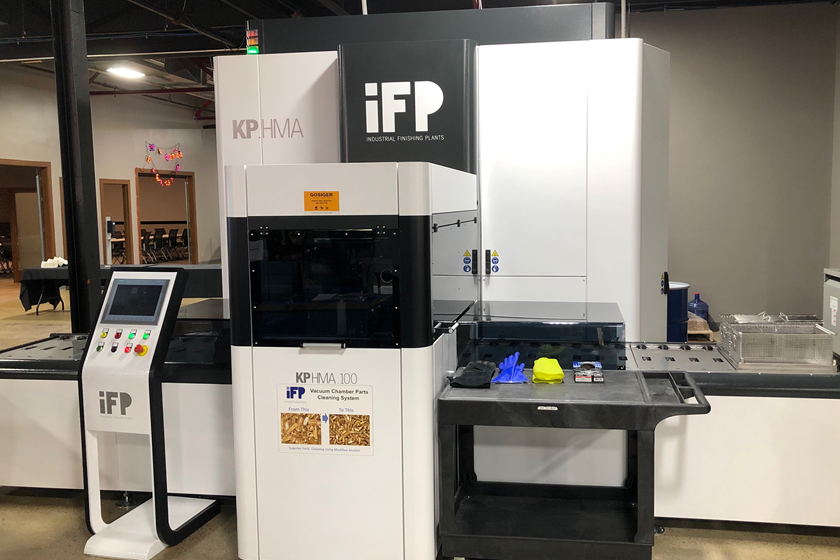Fluid Flow and Plating Rate
Can the fluid flow affect the plating process? If so, how?
Q. Can the fluid flow affect the plating process? If so, how? Y.A.
A. Assuming fluid flow is the same as the agitation rate, changes that are made in the agitation rate will most definitely effect your plating process. Your plating solution contains metal ions as well as other materials to modify the deposit of metal on the surface of the part. If you are plating at a certain rate and your plating solution does not have enough metal ions and the solution surrounding the part you are plating is low in metal ions, your plating rate will be affected. In practice, if your plating solution does not have enough metal ions you will starve the area and your deposit may be burnt or of lower thickness then other parts of the surface.
You can resolve this issue very easily by increasing the rate of agitation or mixing of the plating solution. Increasing the agitation rate or fluid flow brings more metal ions to the surface of the part you are plating, and you should be able to plate at a higher rate. But this doesn’t mean that you can increase the agitation rate indefinitely. If your agitation rate is too high, you can actually damage the surface or create vortex areas where there is no plating solution in contact with the surface of the part you are plating.
RELATED CONTENT
-
Blackening of Ferrous Metals
The reasons for installing an in-house cold blackening system are many and varied.
-
Sizing Heating and Cooling Coils
Why is it important for you to know this?
-
Cleaning, Pretreatment to Meet Medical Specs ISO 13485 or FDA 21 CFR820
Maximilian Kessler from SurTec explains new practices for industrial parts cleaning, metal pretreatment and decorative electroplating in the medical device industry.
















